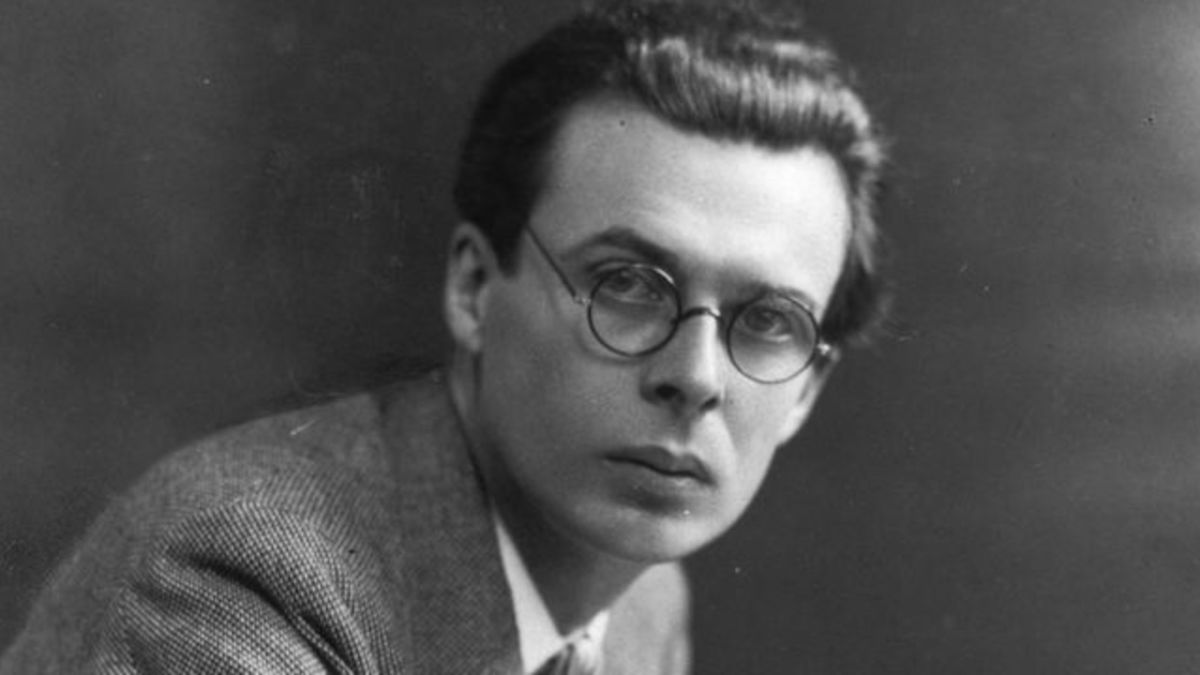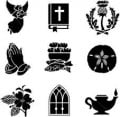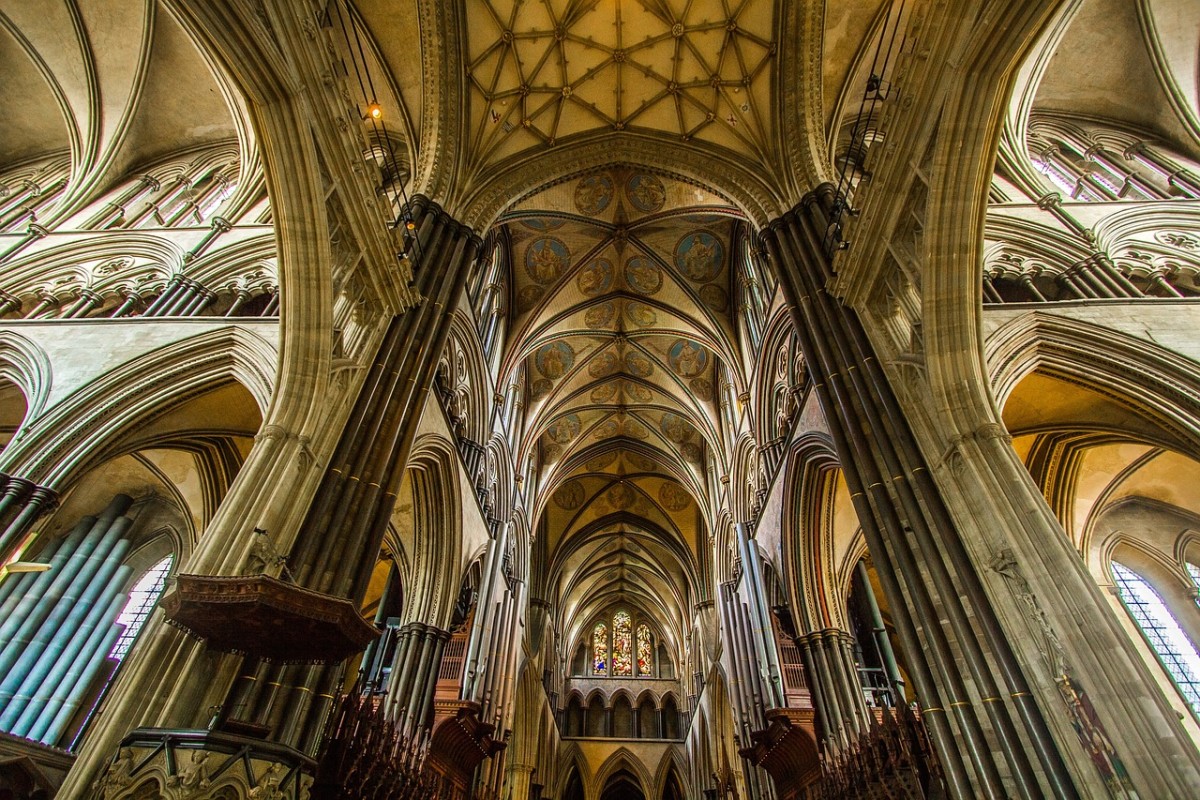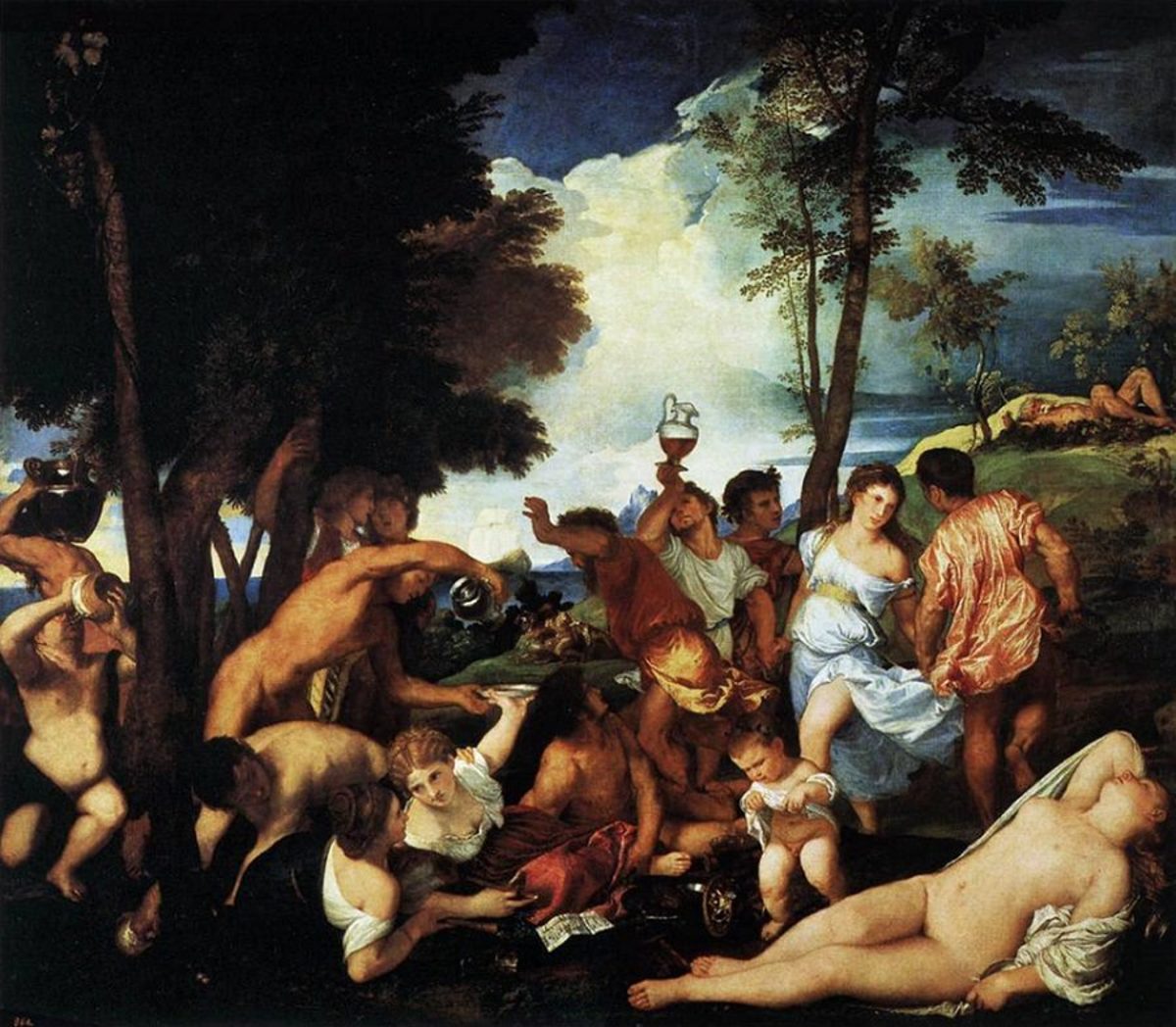Religion around the globe and its impact on society in general. Opposing religions.
Opposing religions. Beautiful places of worship
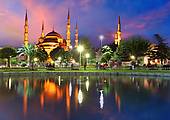
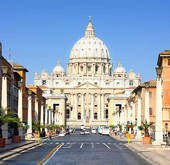
Opposing points of view
Religions around the Globe and their impact of society in general.
Religion can be viewed from many perspectives by philosophers, historians, aestheticians, and theologians.
The subject of this article is from the perspective of social scientists.
Social scientists ask how religion is related to the structure and processes of human societies and how it both reflects and affects stratification systems in society, political and economic processes, levels of integration and of conflict and the cause of social change.
Social scientists are more concerned with the conditions under which the various beliefs appear, the variation of beliefs among societies, groups and individuals, and the consequences of the various conceptions for social interactions.
The controversial and sharply contrasting beliefs about the "road to salvation" is not considered relevant for this discussion.
We must view the major dimensions of all religions (as a whole) in order to view the broader social aspects of how they influence society (as a whole).
When we view mankind as a single entity we can see how the "distortions" produced by religious motivations and values have impacted, and help shape, our world society (also viewed as a single entity).
Since time and article brevity is of the essence for most readers who tend to lose interest in hubs that are too verbose, this will be more focused mostly on some of the major modern theories of religion and society.
EVOLUTION THEORIES:
(the evolution of religions, not man). Some authors have emphasized what they saw as the individual elements in religious origins.
- 19th century British anthropologist Edward B Taylor in his book Primitive Culture interpreted religion in its earliest forms as an effort to deal with the many puzzling phenomena that the "savage mind" had insufficient knowledge to explain. Dreams, echoes, visions and above all - death, were accounted for by the idea of a 'soul' that could leave the body. He considered this animistic (soul) view the basis of religion, representing what he called a "....fairly consistent and rational primitive philosophy". On it, he claimed, were built all later and more complex forms of religion; first polytheism (many gods) and then monotheism (a single god).
- The British folklorist Sir James G. Frazer in his great compendium of facts about religion and magical practices The Golden Bough. He viewed human thought as developing from magic>, to religion>, to science.
- The American sociologist Robert Bellah, in investigating whether or not religion evolves along with science in a parallel fashion, has suggested 5 ideal stages through which religion tends to move. 1). primitive. 2). archaic. 3). historic. 4). early modern. 5). modern. The last of which is characterized by the possibility of a continuously self-revising religious system congruent with science.
Hopefully ending with a society without any organized religions per se, but rather a society of individual spiritualism in which the concepts of good is universal, and peace and harmony are the norms.
PSYCHOLOGICAL AND SOCIAL THEORIES:
Sociological theories of the origin of religion view various human interactions, rather than individual needs, as the starting point.
- Freud's contrasting theory of the origin of religion was in sharp contrast to the previous theories. His theory of course based religion on guilt and repression. He viewed religion as a culturally furnished system of projection, particularly as characterized by the helpless child and the powerful father figure. He wrote: "the gods retain their 3 fold task: 1). they must exorcise the terrors of nature. 2). they must reconcile one to the cruelty of fate (particularly death). 3). they must make amends for the sufferings and privations that the communal life of culture has imposed on man".
- German Sociologist Georg Simmel theorized that "religion is the heightening and abstracting of various human relations found widely in social life from their particular content". He suggested that "faith was first of all a relationship between individuals; an essential element in group life". Blind faith in an unseen deity was extrapolated from that premise and holds no true validity in realism.
RELIGION VIEWED SOCIOLOGICALLY:
Many attempts have been made to describe the essence of religion and indicate its basic dimensions.
- German Theologian Rudolf Otto described the essence of religion as the experience of "the holy" which engenders a dialectic (a dialogue of discussion and reasoning) between two contrasting attitudes: 1). Awe and Dread and Wonder and Attraction. It is also noted that all religions, despite their differences, are characterized by systems of belief, of worship, and of organization (The theoretical, the practical and the sociological expressions of religion).
- Another line of thought views religion as basically the effort of man to bring some order (cosmos) into the universal disorder (chaos).
- Religion is the expression of man's attempt to formulate some ultimate solution, which is more abstract, less ephemeral, and beyond tragedy. Religion as a generic phenomenon will now be considered in terms of the beliefs and practices by means of which a group 1). designates its deepest problems of meaning, suffering and injustice. 2). specifies its most fundamental way of trying to reduce those problems. 3). seeks to deal with the fact that in spite of all efforts to eliminate them; meaninglessness, sufferings and injustices continue.
TYPES OF RELIGIOUS ORGANIZATIONS:
Religious organizations are many in numbers and varied in a number of ways:
- the degree of which local groups are bound together into larger structures, while maintaining their basic religious influences.
- the number and level of training of professional leaders.
- in the extent to which a bureaucratic structure has been created.
- they range from small, independent, local groups to international religious orders that bind thousands of local units together under a trained hierarchical leadership.
- they range from being diffused through the social system that is an integral part of familiar, political, economic and artistic activity; to specialized religious institutions.
All this information begging the questions:
- can this great diversity of religious organization be classified?
- would some system of taxonomy (classification) help in viewing the range more clearly?
- how does one account for the diversity?
- does it (diversity) reflect on, or affect, the secular diversity?
CHURCH AND SECT TYPES IN CHRISTIANITY:
- German Historian Ernst Troeltsch described two basic types of religious organizations: the church and the sect; ranging from the most highly complex organized to the least bureaucratized.
- These types express differences in religious values and emphases and different ways of dealing with the secular world. For example: the economic, political and military powers are seen in the Roman Catholic church as part of the "relative natural law" as proximate goods to be accepted and yet criticized. It (the R.C. church) uses the State and the ruling classes, and weaves these elements into its own life; It ( the R.C. church) then becomes an integral part of the existing social order. From this stand point then the church both stabilizes and determines the social order. In doing so she became dependent upon the upper classes and upon their development.
- Religion is connected to 2 competitive sets of needs: the group level for processes that control the masses and the individual level to handle problems of tension, guilt, anguish and frustration. And they utilize these problems to ensure group coherence in ways that disrupt social order. The original intent was to place greater emphasis on sacrament and creed, not on "right" behavior. Today, it seems that these priorities have become reversed strictly for political gain.
- The sect, on the other hand, emphasizes basic individual needs and greater control over behaviors of their groups. These sects are born solely by individuals who desire separation from the influences of the larger groups, political influences, and the "worldly" influences. They prefer isolation rather than integration into a society they view as too liberal in its views.
by d.william 09/11/2011
- Religions Around the Globe and their Impact on Society in General. Part 2
Religious freedoms and governmental mandates based on religious beliefs cannot coexist in any society. The separation of church and state is the only thing must be mandatory for an efficiently run society. Equality for All members of society is the o - Religions Around the Globe and their Impact on Society in General. Part 3 (conclusion)
A broad summary of world religions and how they are viewed by those who do not participate in them. And how such 'sacred' rites, rituals, ceremonies and symbolisms are viewed as superfluous to the benefit of mankind in general. - CULTS IN AMERICA (the Pot Calling the Kettle Black)
The Eye of God Nebula (The Pot Calling the Kettle Black !!??) I suppose i will be called both contumacious (stubbornly disobedient) and controversial (as well as evil) for writing this one, but the amusing aspects of the subject are...


